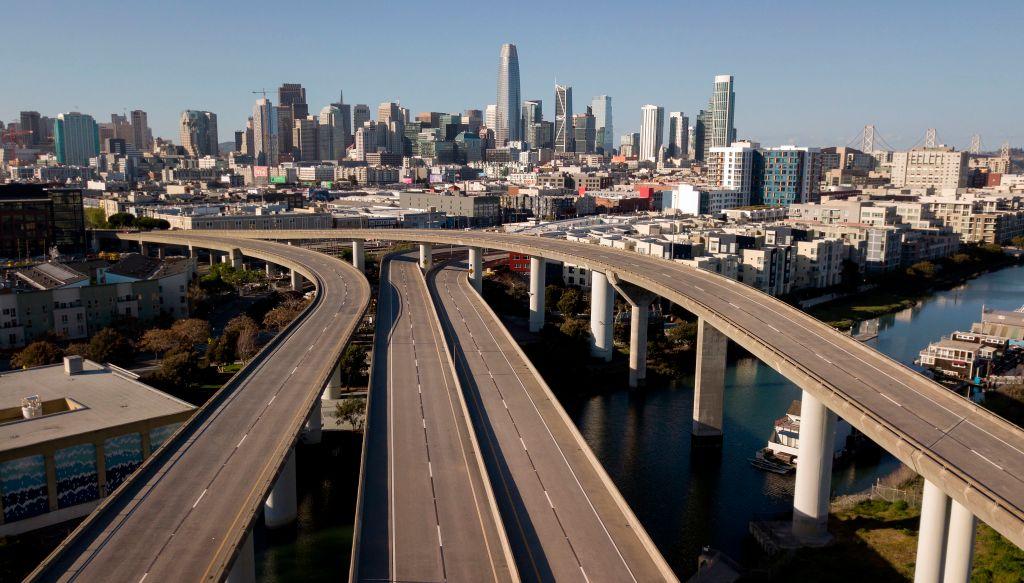California is making progress in its fight to “flatten the curve” of the CCP virus pandemic, with the number of new cases now at a “steady” rate, according to health experts.
“Right now the California Department of Public health reports 10,000 cases since early March and 237 deaths and it looks like the number of new cases right now is actually pretty steady,” Dr. Jeffery Klausner, UCLA Professor of Medicine and Public Health told CBS Sacramento.





